Start Here
Homepage Bottom Form
We will get back to you as soon as possible.
Please try again later.
Safe Fire Cleanup Guide for Homeowners
🧯 Safe Cleanup Checklist: What’s Dangerous and What’s Not
Guidance for homeowners recovering from a house fire.
🔹 1. Structural Safety
⚠️ Dangerous (Call a professional):
- Sagging ceilings or walls — may indicate structural instability
- Charred or cracked support beams
- Burned or weakened roof trusses
- Holes or cracks in the foundation
- Loose electrical wires exposed in ceilings or walls
- Floors that feel soft, warped, or uneven underfoot
- Any area marked “unsafe” by fire department or inspector
✅ Usually Safe to Handle (with caution):
- Light debris (ashes, small burnt materials) after official clearance
- Removing nails or small broken boards (with gloves and mask)
- Sweeping non-structural debris from concrete or tile
🔹 2. Electrical & Gas Hazards
⚠️ Dangerous (Do NOT touch):
- Melted outlets or exposed electrical wiring
- Appliances with smoke or water damage
- Electrical panels or breaker boxes affected by fire or water
- Any sparking or buzzing sounds
- Gas lines, meters, or any smell of gas
- Extension cords or power strips that were exposed to heat or water
✅ Usually Safe to Handle (after inspection):
- Unplugged devices from areas untouched by fire
- Replacing smoke detectors and batteries after clearance
🔹 3. Water, Mold & Soot Damage
⚠️ Dangerous (Professional cleanup required):
- Wet insulation, drywall, or flooring (can breed mold within 24–48 hours)
- Mold growth (black, green, or fuzzy)
- Soot on walls, ceilings, or porous surfaces (toxic residue)
- Heavy smoke residue in HVAC vents
- Water pooling in basements or crawlspaces
✅ Usually Safe to Handle (after drying and with PPE):
- Wiping hard surfaces (metal, tile, glass) with mild detergent
- Using fans or dehumidifiers to dry air (only after electrical clearance)
- Cleaning personal nonporous items like metal cookware or glass dishes
🔹 4. Chemical & Toxin Exposure
⚠️ Dangerous (Hazardous materials):
- Burned plastics, paints, or solvents (release toxic fumes)
- Melted electronics or batteries (contain heavy metals)
- Ash or soot mixed with cleaning chemicals
- Fire extinguishing residue (some are corrosive or toxic)
- Smoke-damaged cosmetics, medicines, or food
- Cleaning products that were exposed to high heat
✅ Usually Safe to Handle:
- Unopened, sealed cleaning products stored away from fire area
- Non-damaged containers (check for leaks or odor first)
🔹 5. Personal Belongings
⚠️ Dangerous to Keep or Clean:
- Food, drinks, or canned goods exposed to heat or smoke
- Medications or vitamins stored near the fire
- Baby items (bottles, pacifiers, toys) with soot or smoke damage
- Textiles that smell of heavy smoke (may retain toxins even after washing)
- Mattresses or upholstery with visible soot or melted fabric
- Pet food or treats exposed to heat or ash
✅ Usually Safe to Clean or Restore:
- Glass, metal, and ceramic kitchenware
- Jewelry and non-porous keepsakes
- Hard plastics that didn’t warp or melt
- Photos, documents, and collectibles (can be professionally restored)
🔹 6. Air Quality & Ventilation
⚠️ Dangerous:
- Running HVAC before professional duct cleaning
- Using regular vacuums (they can spread fine soot particles)
- Using fans before structural and electrical clearance
✅ Safe Steps:
- Open windows and doors once the property is declared safe
- Use HEPA air purifiers (for fine particles)
- Replace HVAC filters after system is cleaned professionally
🔹 7. Outdoor Areas
⚠️ Dangerous:
- Burned trees or branches near power lines
- Ash-covered soil (can contain heavy metals)
- Pools or hot tubs contaminated with soot and debris
- Burned propane tanks, grills, or outdoor electrical fixtures
✅ Safe Steps:
- Hosing off walkways and patios with clean water
- Bagging and disposing of light ash (with mask and gloves)
- Checking fencing and decks for minor scorch marks
🔹 8. Protective Equipment You Should Always Use
✅ Minimum recommended PPE for all cleanup:
- N95 or P100 respirator mask
- Safety goggles or glasses
- Heavy-duty gloves (nitrile or leather)
- Long sleeves and pants
- Closed-toe shoes or boots
- Hard hat (if working under damaged structures)
🔹 9. When to Stop and Call a Professional Immediately
- If you feel dizzy, nauseated, or short of breath during cleanup
- If you discover structural instability or collapse
- If there’s standing water with electrical outlets nearby
- If soot or ash causes skin irritation or coughing
- If you find asbestos, lead paint, or mold
- If you smell gas, burning odors, or strong chemical fumes
🔹 10. Professional Services to Consider
- Fire damage restoration company
- Structural engineer or building inspector
- Licensed electrician and plumber
- Environmental or air quality testing lab
- HVAC cleaning and duct restoration service
- Debris and hazardous material removal service
- Insurance adjuster or fire recovery consultant (like House Fire Solutions)
💡 Pro Tip from House Fire Solutions
Always photograph or video each area before cleanup begins. This documentation can help maximize your insurance reimbursement and prove safe handling practices.
Our Team Helps You Navigate Insurance, Restoration, and Rebuilding
It is a long established fact that a reader will be distracted by the readable content of a page when looking at its layout.
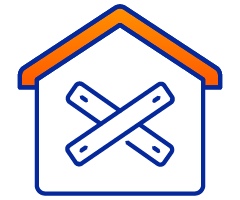
Board-Up
Our Network of Board Up Specialist Will Secure your property fast
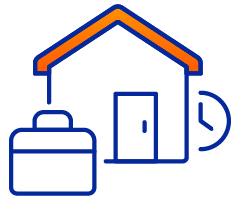
Temp Housing
We'll Help You Find Safe Shelter while you recover
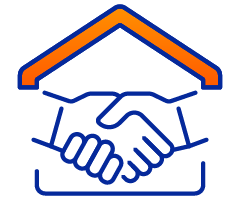
Public Adjusters
Our Network of Fire Damage Adjusters Will Fight Help for a fair insurance payout
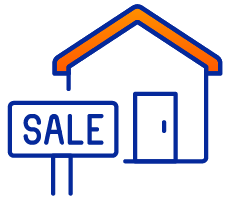
Investors
Our Partner Specializes in Buying Fire Damaged Homes So you Can Sell your home as-is
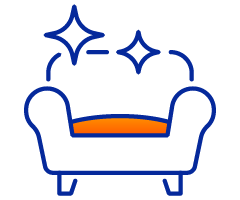
Content Cleaning
Restore what matters most
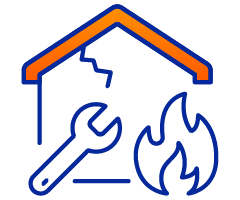
Restoration
Bring your home back to life
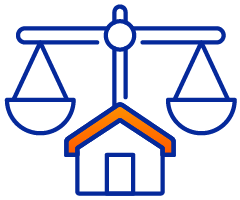
Attorneys
We have a network of Protect your rights and claims

Mental Health
Support for you and your family
Want To See If We Can Help You
If you'd like to speak with us today about purchasing Social Security, Personal Injury, Workers' Compensation or Employment Law Leads.
Homepage Bottom Form
We will get back to you as soon as possible.
Please try again later.